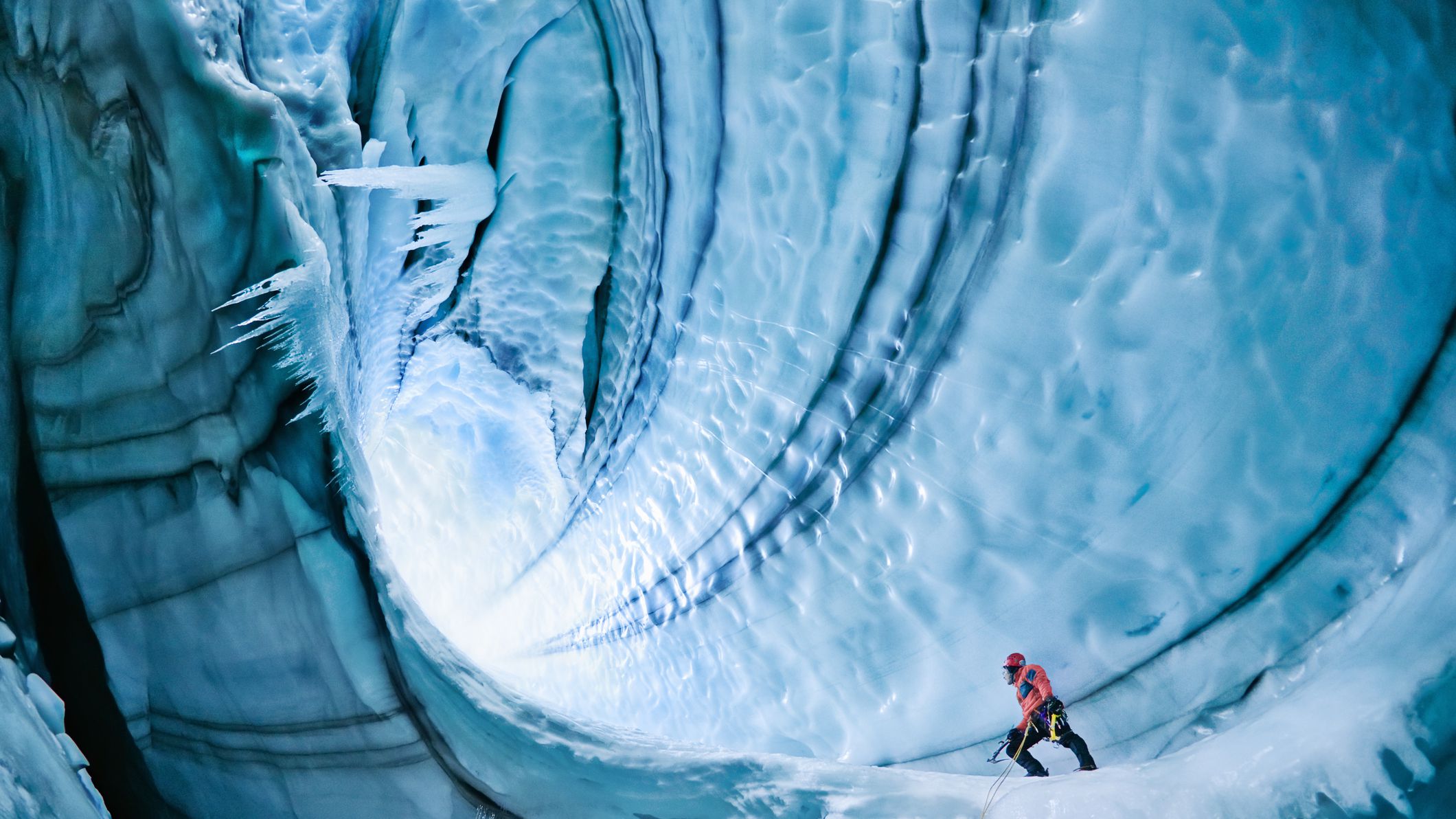Geomorphology is the study of landforms, with accentuation on their starting point, advancement, structure, and dispersion in the actual scene. It is consequently fundamental to comprehend geomorphology to grasp one of the most famous divisions of geology. The investigation of geomorphological cycles gives significant bits of knowledge into the development of different designs and elements in scenes all over the planet, which can later be utilized as the foundation for the investigation of numerous different parts of actual topography.
Assemble more information here
History of Geomorphology
Albeit the investigation of geomorphology traces all the way back to old times, the main authority geomorphological model was proposed by the American geographer William Morris Davis somewhere in the range of 1884 and 1899. His landform cycle model was enlivened by the standards of uniformitarianism and endeavored to hypothesize the advancement of various landforms.
Davis’ speculations were significant in presenting the area of geomorphology and were creative at the time as a better approach for making sense of physical geomorphic highlights. Today, nonetheless, his model isn’t generally utilized, in light of the fact that the cycles he portrays are not all that deliberate in reality. This neglected to consider the cycles seen in ensuing geomorphic studies.
Since Davis’ model, there have been a few elective endeavors to make sense of landform processes. For instance, the Austrian geographer Walther Penck fostered a model during the 1920s that checked out the proportion of elevating and disintegration. Be that as it may, it didn’t hold, as it couldn’t make sense of all landforms.
Assemble more information about the Difference Between Cheetah And Leopard
Geomorphological cycles
Today, the investigation of geomorphology is partitioned into the investigation of different geomorphological cycles. The vast majority of these cycles are known to be interconnected and are handily noticed and estimated with current innovation. Individual cycles are viewed as one or the other disintegration, statement, or both.
A disintegration interaction includes the tumbling down of the Earth’s surface by wind, water, or potentially ice. A statement interaction is the laying of material obliterated by wind, water as well as ice. There are a few geomorphological groupings inside disintegration and testimony.
Riverine
Fluvial geomorphological cycles are connected with waterways and streams. The running water found here is significant in forming the scene in two ways. To begin with, the power of water getting across a scene slices through and obliterates its channel. As it does this, the stream fosters its course, wanders across the scene, and once in a while converges with others to shape an organization of meshed waterways. The manner in which waterways move relies upon the geography of the region and the hidden topography or rock structure where they run.
As the waterway cuts its scene, so do the dregs that stream along it. This empowers it to scatter, as moving water has more grinding, yet it likewise stores this material when it floods or courses through mountains into an open plain, as in an alluvial fan. occurs for the situation.
Mass development
The mass development process, once in a while called mass squandering happens when soil and rock drop down a slant under the power of gravity. The movement of material is called creep, slip, stream, drop and fall. Each of these relies upon the speed and synthesis of the moving material. This cycle is both erosional and depositional.
Freezing
Glacial masses are one of the main specialists of scene change due to their huge size as they are changed into power when they get across an area. They are erosive powers in light of the fact that their ice disintegrates the ground underneath them and on the sides, making a U-formed valley like a gully glacial mass. Icy masses likewise gather in the light of the fact that their movement drives rocks and other flotsam and jetsam into new regions. The dregs shaped when icy masses grind rocks are called chilly stone flour. As ice sheets soften, they drop trash, making highlights like eskers and moraine.
Enduring
Enduring is an erosional cycle that includes mechanical mileage of rock by plant roots, an extension of ice in its cleft, and rubbing from dregs moved by wind and water, as well as the compound breakdown of rock like limestone. is incorporated. , Weathering can bring about rock falls and the deficiency of special stone arrangements in Arches National Park, Utah.
